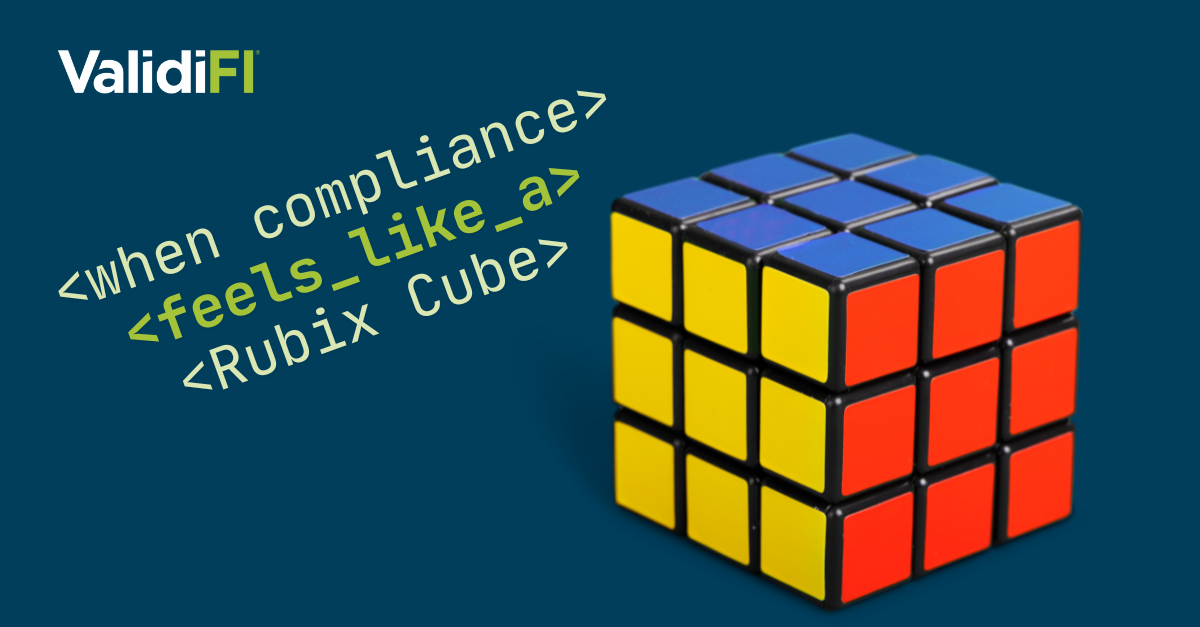As we move closer to March 2026, the National Automated Clearing House Association (Nacha) is set to implement a new rule addressing fraud prevention and monitoring for WEB debit transactions. This rule will require financial institutions (FIs) and third-party payment providers to take more proactive steps in detecting and mitigating fraud before it impacts consumers and businesses. In particular, the Nacha rule amendments will focus on increasing the ability to assess risk in WEB debit transactions, which has been a growing area of concern due to the rise of credit-push fraud.
What is Nacha’s New Rule on WEB Debit Transactions?
The new Nacha rule, set to go into effect in March 2026, is designed to combat increasing instances of fraud in the ACH network, especially in the context of WEB debits. WEB debits are electronic transactions initiated online, typically for consumer payments, subscriptions, or other services. While they provide convenience, they also come with increased risks, particularly in terms of credit-push fraud.
Credit-push fraud—also known as Authorized Push Payment (APP) fraud—occurs when fraudsters manipulate consumers into initiating a transaction, often using social engineering tactics. Since the consumer authorizes the payment themselves, it can be more difficult to reverse or prevent, especially after the transaction has been processed. WEB debits have become increasingly targeted by this type of fraud due to their reliance on online accounts, which are susceptible to manipulation.
For example, in 2023, a leading real-time payment system experienced a notable increase in fraud losses, with consumers losing an estimated $300 million to fraudulent transactions involving social engineering. (U.S. Senate Committee on Homeland Security and Governmental Affairs report, 2023)
A leading real-time payment system experienced a notable increase in fraud losses, with consumers losing an estimated $300 million to fraudulent transactions involving social engineering
In response to these types of fraud concerns, Nacha’s new rule requires FIs and payment providers to implement enhanced fraud monitoring processes and procedures. This includes improving transaction validation, adding consumer verification layers, and adopting real-time fraud detection techniques to mitigate risks before they result in losses.
Broader Industry Trends Aligning with Nacha’s Rule
Nacha’s focus on risk assessment and fraud prevention reflects larger trends in the financial industry. Efforts such as credit bureaus working to eliminate medical debt, concerns over reporting Buy Now, Pay Later (BNPL) transactions to credit bureaus, and the shift away from using credit scores as the sole determinant of risk all highlight the need for more comprehensive evaluation systems.
These trends reinforce the importance of leveraging diverse data points to assess repayment capacity and transaction legitimacy, as relying on traditional metrics like credit scores alone is no longer sufficient. Nacha’s emphasis on account validation and fraud detection mirrors this broader move toward nuanced, data-driven risk assessment practices.
Relying on traditional metrics like credit scores alone is no longer sufficient
The Rule Introduces Challenges for Businesses
For larger FIs, challenges may include scaling fraud detection systems, balancing user experience with compliance, and remaining resilient against high-profile attacks.
For smaller businesses, challenges revolve around resource limitations, dependency on vendors, and competing with larger institutions on fraud prevention capabilities.
How ValidiFI Helps Businesses Navigate Fraud Monitoring Rule Compliance
At ValidiFI, we understand the critical importance of both staying ahead of regulatory changes and delivering the highest level of protection against fraud. With the March 2026 rule rapidly approaching, we have proactively implemented comprehensive solutions to help ODFIs and RDFIs ensure full compliance.
Here’s how we’re positioned to not only meet but exceed the expectations of this new rule:
Real-Time Risk Assessment and Fraud Detection
ValidiFI uses machine learning (ML) and AI-powered fraud detection models to provide real-time evaluation [IW4] of WEB debit transactions. These models rapidly identify unusual patterns and behaviors, flagging potentially fraudulent transactions before they can be completed. By connecting and triangulating data from a wide range of sources—such as historical transaction records, external verification tools, and behavioral analytics—ValidiFI delivers a detailed view of the consumer or applicant. This integrated approach ensures unparalleled insights [IW5] in risk assessment and strengthens fraud prevention efforts.
Enhanced Account Ownership Verification
Nacha’s new rule emphasizes the importance of identifying payments where account ownership is misrepresented. This is crucial in preventing unauthorized transactions and account takeovers. Our extensive data network includes access to J.P. Morgan Payments’ validation services and [NT6] Early Warning®, the Trusted Custodian® of the National Shared Database℠—which contains a rich set of deposit performance data contributed by more than 2,500 FIs including banks like: Bank of America, Capital One, Chase, PNC, Truist, Wells Fargo and US Bank. Leveraging this data from Early Warning and J.P. Morgan Payments, ValidiFI enhances compliance by providing real-time insights into account ownership and transaction legitimacy. This comprehensive data coverage is invaluable in achieving compliance and mitigating fraud risks.
Comprehensive Data Coverage for Risk Scoring
Nacha’s rule emphasizes evaluating transaction risk accurately. ValidiFI stands out by offering the most comprehensive data coverage available, pulling information from trusted sources to generate risk scores. Our approach aligns with industry trends prioritizing diverse data—beyond credit scores—to better understand financial behavior and minimize risk. With our extensive data coverage and data collaborations, we can spot potential fraud patterns early, even in complex transactions.
What This Means for Your Business
The upcoming Nacha rule will impact all businesses and FIs handling ACH payments, particularly WEB debits. Partnering with ValidiFI ensures your organization is not only compliant but also well-equipped to protect customers and minimize fraud exposure.
With our advanced fraud detection capabilities, industry partnerships, and commitment to innovation, ValidiFI provides businesses with top-tier protection and the tools needed to navigate the evolving regulatory landscape confidently.
Learn more about Nacha’s rule that “urges all participants to implement adequate control systems to detect and prevent fraud.”
Learn more about ValidiFI at www.ValidiFI.com.

![[OLA Member]](https://validifi.com/wp-content/uploads/2024/06/seal.png)